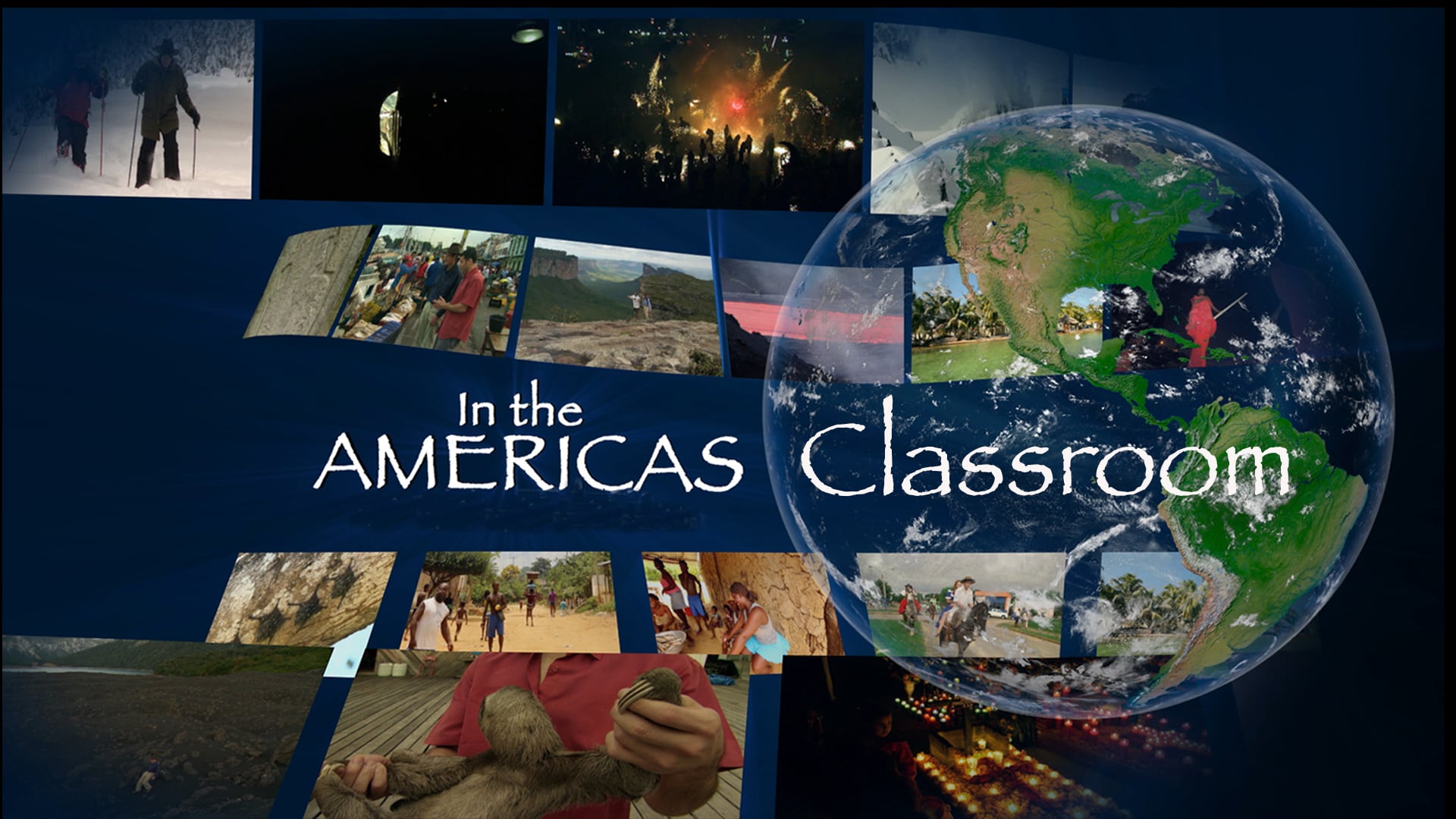Lesson 709 – Galápagos: Volcanoes and Nature on the Islands
Category : Curriculum Season 7
Volcanoes created the Galápagos Islands and made life possible there, and they continue to create and destroy. The islands force cold water to the surface and with it, wildlife in profusion, while their isolation makes a showcase for evolution in action. Nowhere else in the world is such a living laboratory, including a study between the demands of expanding human populations and limited resources.
Learning Objective
Students will learn about the importance of the volcanic activities, life cycle and the mountain side of Ecuador
Social Studies Standards
Science, Technology, and Technology:
A, B & E
Discussion Prompts
- Volcanoes brought life to the Galapagos Islands. Cactus, escalasias and tekil were the first plants to colonize the harsh volcanic environment. Discuss what type of local/regional plants were the first ones and how the lifecycle evolved from there.
- Páramo is like a sponge and helps maintain the water for our survivor. What else could help people harvest water? Could páramo, or something with similar effects, be created to retain water in regions where water is not abundant?
- What are some of the signs of Spaniard’s inheritance you were able to see on the video and how might that contribution/s help or hinder the islanders?
- The host talked about the importance of keeping wildlands safe for the survivor of humanity. Discuss local/regional efforts of keeping wildlands protected and the importance of it for your area.
Lesson Activities
- The Galapagos and Hawaiian Islands have the same type of volcanoes but not the same type of animals. Create a fable with the unique animals of both islands attending a party on a neutral island. Include in the fable which animals attended the party, the organizer, and the theme of the party.
- Ecuador is divided into three regions: Galapagos at sea level, mountains, and Amazons. Develop an eco-tourism manual for tourists to visit all three regions. In the manual, include information about the native people, food, fauna and flora and the highlights of each distinct region.
- The Galapagos Hotspot sits 3000 feet under the ocean. Create a series of Instagram posts or another social media platform tool, asking followers to share picture/s of items that could help people visualize and understand the depth of the hotspot.
- The Galápagos Islands are located near the equator, yet they receive cool ocean currents making a strange mix of tropical and temperate climates. Create a weather infomercial for tourists to learn what to expect during the different seasons of the year.
Vocabulary
- aquafer
- ecosystem
- escalasias
- evolution
- isolation
- liken
- páramo
- profusion
- pukara
- tekil
